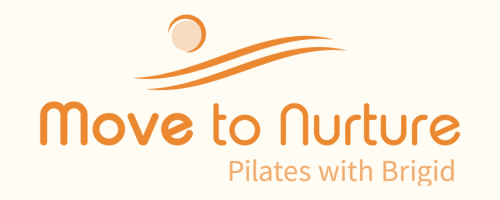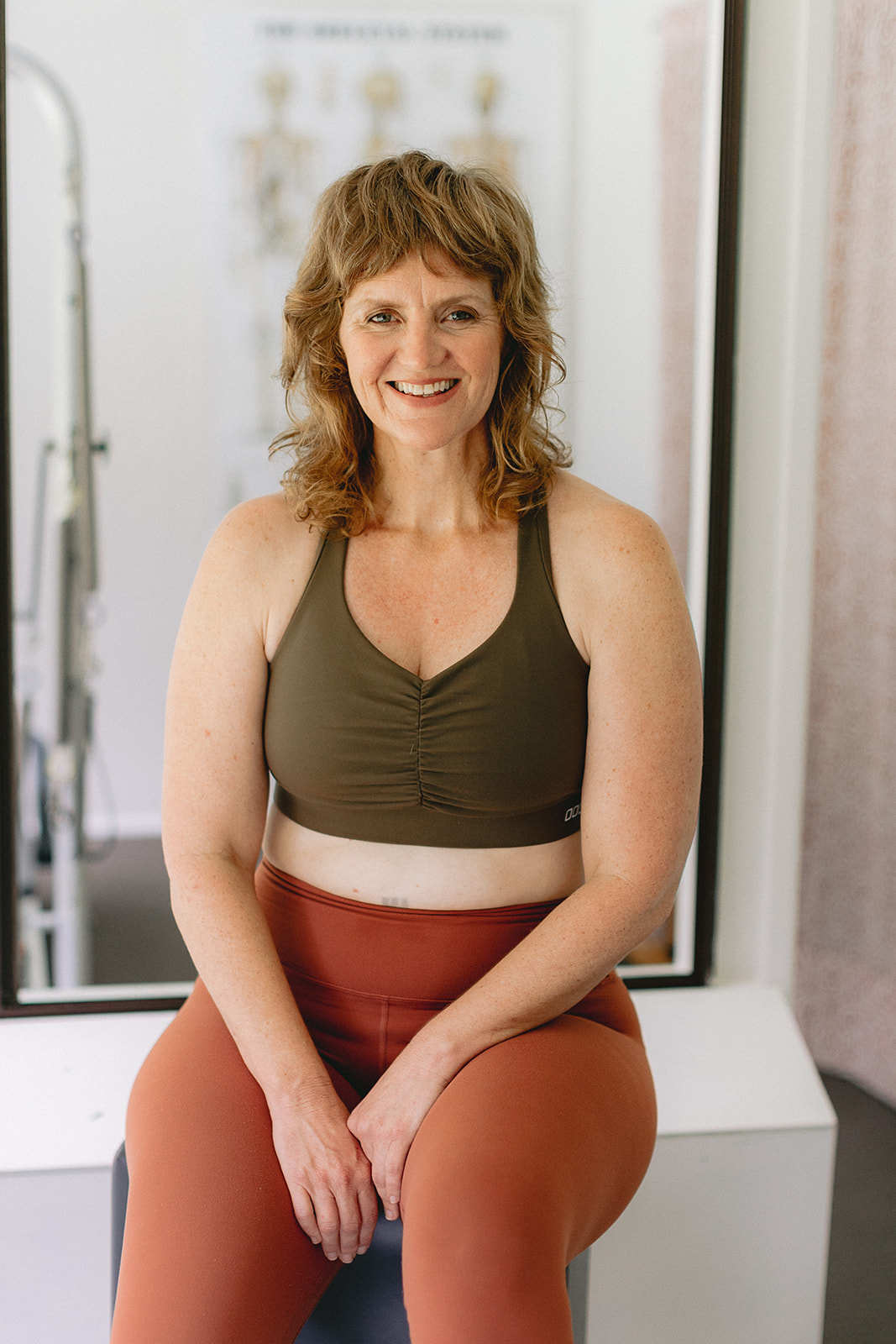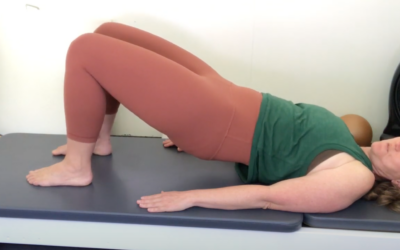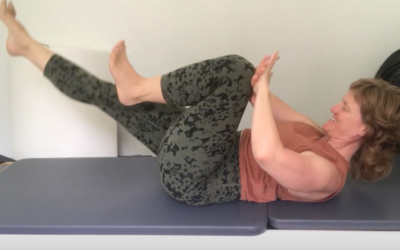Pilates and Movement for Lung Health: A Breath of Fresh Air for Women Over 40
One area often overlooked is lung health. For women over 40, maintaining strong and healthy lungs is crucial to overall well-being, and Pilates offers a wonderful way to support this. Let’s explore why Pilates is so beneficial for lung health and discuss some common lung conditions that women over 40 should be aware of.
Common Lung Conditions for Women Over 40
As we age, the risk of developing certain lung conditions increases. Here are some common lung issues that women over 40 may be aware of:
1. Chronic Obstructive Pulmonary Disease (COPD)
COPD is a group of lung conditions, including chronic bronchitis and emphysema, that cause breathing difficulties. Symptoms often include chronic cough, shortness of breath, and frequent respiratory infections. Pilates can help manage COPD symptoms by improving lung capacity and strengthening respiratory muscles.
2. Asthma
Asthma is a condition where the airways become inflamed and narrow, leading to difficulty breathing. Women over 40 who develop asthma or experience worsening symptoms can benefit from Pilates, as the breathing techniques can help improve lung function and control asthma symptoms.
3. Pulmonary Fibrosis
Pulmonary fibrosis is a condition where the lung tissue becomes scarred and stiff, making it difficult to breathe. While there is no cure, maintaining physical activity through gentle Pilates exercises can help improve breathing and overall quality of life.
Why Pilates is Great for Lung Health
1. Enhances Breathing Techniques
Pilates places a strong emphasis on proper breathing. The method encourages deep, diaphragmatic breathing, which not only helps oxygenate the body more efficiently but also strengthens the respiratory muscles. This type of breathing can improve lung capacity and function, making it easier to manage daily activities with less breathlessness.
2. Strengthens Respiratory Muscles
Many Pilates exercises focus on the core, which includes the diaphragm – a crucial muscle for breathing. By engaging and strengthening the core, Pilates helps enhance the function of the diaphragm, leading to more efficient and effective breathing. Stronger respiratory muscles mean better support for the lungs, which can be especially beneficial as we age.
3. Promotes Better Posture
Good posture is vital for optimal lung function. Poor posture can compress the chest and lungs, making it harder to breathe deeply. Pilates exercises emphasize alignment and proper posture, which helps open up the chest and allows for better lung expansion and airflow.
4. Reduces Stress
Stress can negatively impact lung health, often leading to shallow, rapid breathing. Pilates incorporates mindfulness and relaxation techniques, helping to reduce stress levels. This promotes more regular and deep breathing patterns, which can improve overall lung health and reduce the risk of respiratory issues.
5. Encourages Overall Physical Fitness
Regular physical activity, such as Pilates, can help maintain a healthy weight and improve cardiovascular health, both of which are beneficial for lung health. A well-rounded fitness routine that includes Pilates can help keep the lungs healthy and efficient.
Three moves to support your lung health
There are Pilates and movement for lung health you can do today that are:
* Low risk
* Easy to do
* More effective if done daily.
There are three moves that you can start with today.
1. Rib and hip alignment
Improving the alignment between your ribs and your hips ensures your diaphragm ( the muscle that supports your lungs from the bootom of the ribs) is in the optimal position to work. If the ribs are sticking out or are hunched over this can impact the diaphragm so it is not able to function properly to support the lungs.
An easy way to check your rib and hip alignment is to use your hands on the front of your body. Place your thumbs on the front at the bottom of your ribcage and reach your pinky fingers down to your hips points (the pointy bones at the top of your pelvis on both sides). Make sure your thumbs and and pinkys are in the same line, then your ribs and hips will be.
Do this often each day. This easy adjustment can make a big difference to the support your lungs receive with every breath.
2. Rib mobility
Getting your ribcage moving allows your lungs to move within it. Tight intercostal (between ribs) and back muscles can lock down the ribs and in turn the lungs. This gentle series of rib rotations paired with breathing exercises are designed to support lung function.
3. 90: 90 Breathing
Setting up lying on your back with your feet on a wall. Your knees at 90 and your hips at 90. This breathing exercise teaches relaxation of the pelvis and legs so the lungs, diaphragm and abdominal muscles really get moving!
To get the best results from these exercises, practice them daily. Even a few minutes every day will give you great improvements in your diaphragm strength and lung capacity.
For more ideas on way to Move to Nurture yourself, sign up for a regular weekly email below. You’ll learn lots of hints and tips for moving well for life.





0 Comments